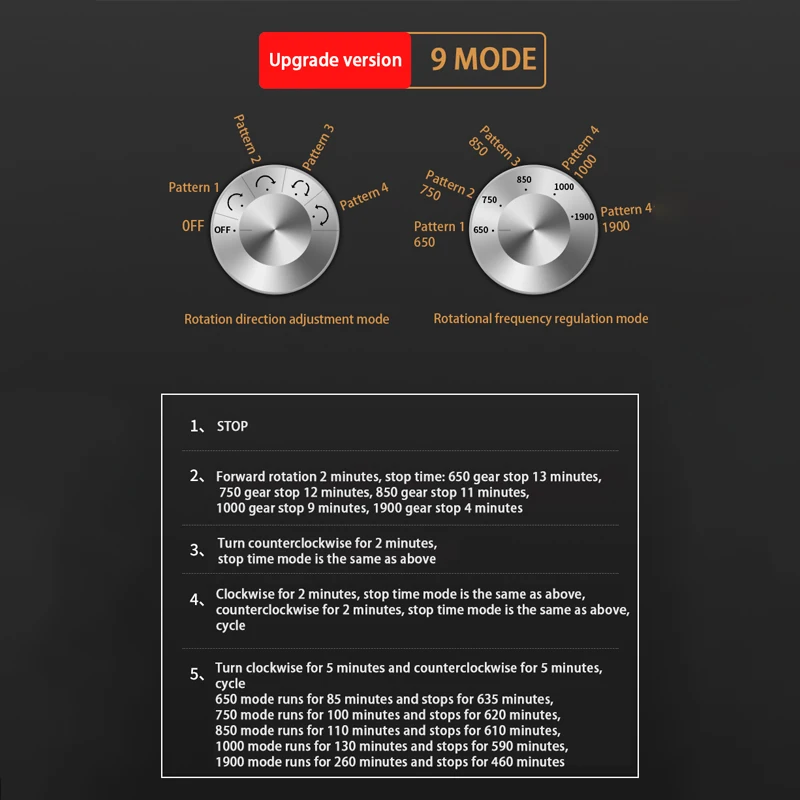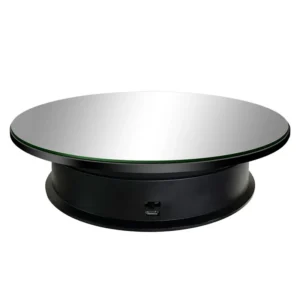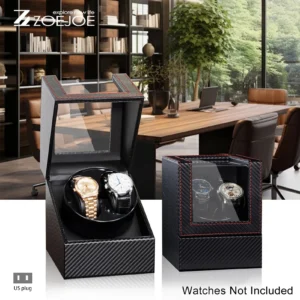Understanding Watch Winders and TPD for Your Rolex
Automatic watches, particularly luxury timepieces like Rolex, are mechanical marvels designed to harness the natural motion of your wrist to stay wound and running accurately. When not worn, these precision instruments need proper care to maintain their performance – that’s where watch winders come in.
A watch winder is a device that mimics the natural movement of your wrist, keeping your automatic watch wound even when it’s not being worn. This seemingly simple device plays a crucial role in maintaining the health and accuracy of your timepiece.
At the heart of every watch winder’s operation is a specification known as TPD, or Turns Per Day. This represents how many rotations the winder completes in a 24-hour period. Setting the correct TPD for your specific Rolex model is essential for proper maintenance and longevity of your watch.
Proper watch collection storage planning is essential for Rolex care, and understanding TPD settings is a crucial part of this process. Many watch enthusiasts wonder whether certain TPD settings – particularly higher ones like 900 TPD – are appropriate for their valuable Rolex timepieces.
In this comprehensive guide, we’ll answer the question of whether 900 TPD is too much for your Rolex, explain how TPD affects your watch’s performance, and provide specific recommendations for different Rolex models. We’ll also explore proper winder features to look for when browsing watch winders designed for optimal performance.
Is 900 TPD Too Much for Your Rolex Watch?
In short: Yes, 900 TPD is generally higher than recommended for most Rolex watches, though it likely won’t cause immediate damage.
Most Rolex watches perform optimally with TPD settings in the 650-800 range, with many models specifically designed to function best around 650 TPD. While 900 TPD exceeds these recommendations, Rolex has engineered their watches with protection in mind.
Rolex watches feature a sophisticated “slip-clutch” mechanism (also called a bridle or mainspring brake) that prevents overwinding. This ingenious safety feature disengages the winding mechanism once the mainspring reaches full tension, essentially acting as a mechanical safeguard against excessive winding.
Because of this protection system, using a 900 TPD setting won’t immediately damage your Rolex. However, consistently using higher-than-necessary TPD settings may lead to:
- Unnecessary wear on internal components over time
- Potential strain on the winding mechanism
- Less efficient use of your watch winder’s energy
It’s important to note that a few specific Rolex models, such as certain Daytona chronographs, actually benefit from slightly higher TPD settings (800-950). However, for most Rolex watches, setting your winder closer to the 650-800 TPD range provides optimal results without potential long-term issues.
For detailed guidance on selecting the right winder for specific watch models, understanding watch winder compatibility will help you make an informed decision that protects your investment.
What is TPD (Turns Per Day) in Watch Winders?
TPD, or Turns Per Day, represents the number of complete rotations a watch winder makes within a 24-hour period. This specification directly correlates to how an automatic watch would naturally be wound through daily wrist movements.
When you wear an automatic watch, the internal rotor spins with your arm’s movement, winding the mainspring that powers the watch. Studies indicate that an average person’s daily activities generate approximately 700-1,300 wrist rotations – enough to keep an automatic watch properly wound. Watch winders are designed to simulate this natural movement.
The relationship between TPD and your watch’s power reserve is straightforward: each watch movement requires a certain number of rotations to maintain optimal tension in the mainspring. Too few rotations may result in insufficient power, causing your watch to stop. Too many rotations could potentially cause unnecessary wear over time, even with Rolex’s protective mechanisms.
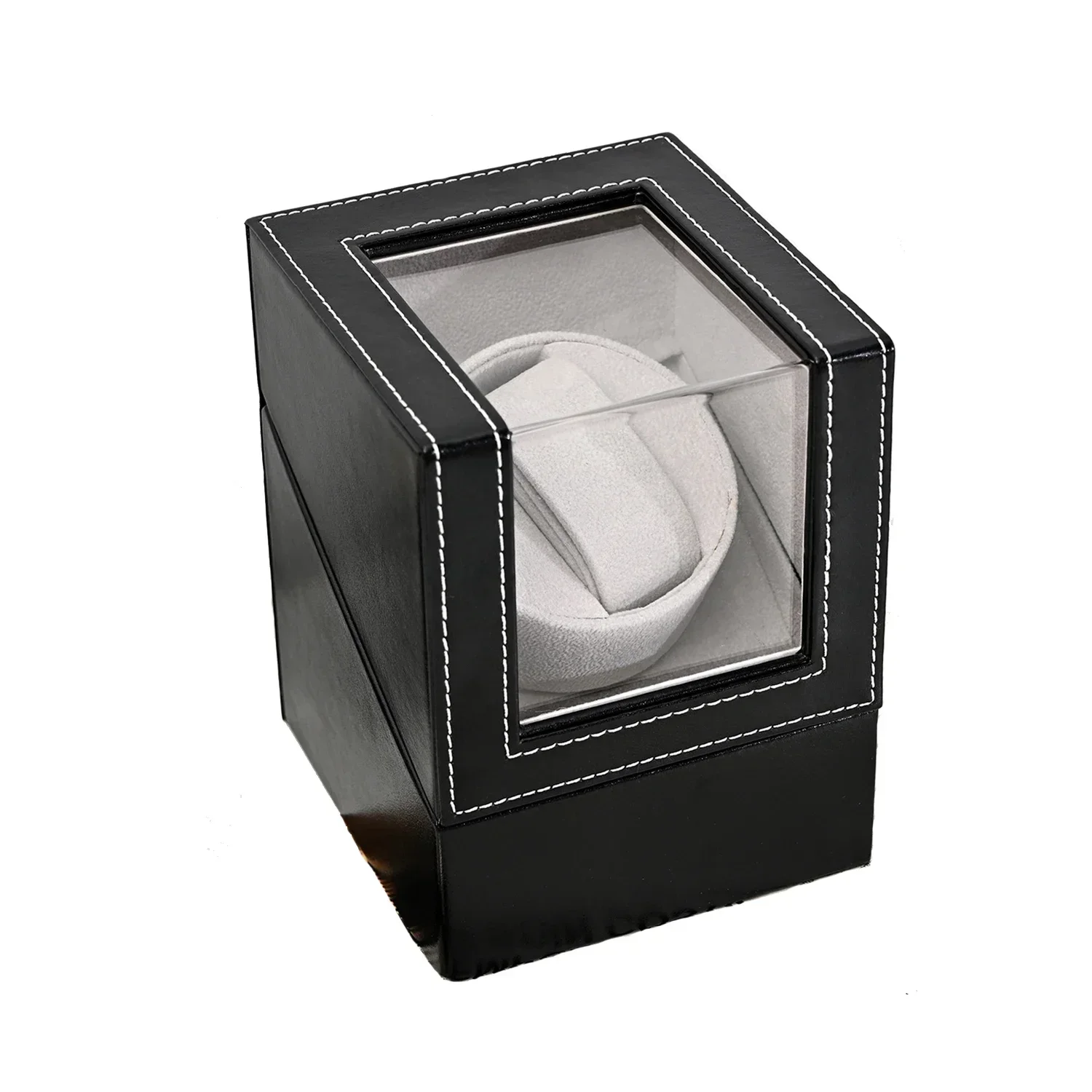
One common misconception is that higher TPD always equals better performance. In reality, every watch movement has an optimal winding range determined by its specific design. For Rolex watches, which are engineered with precision, this optimal range tends to fall between 650-800 TPD for most models.
Quality automatic watch winders with adjustable TPD settings allow you to match the winder’s rotation frequency precisely to your Rolex model’s requirements, ensuring proper maintenance without excessive wear.
Rolex Winding Direction Explained
Another crucial factor in properly winding your Rolex is understanding winding direction. Most modern Rolex watches feature a bidirectional winding system, meaning the rotor inside the watch can harness energy from rotation in either direction.
Bidirectional winding offers several advantages:
- More efficient energy capture from natural wrist movements
- Faster winding to full power reserve
- Reduced stress on winding components by distributing wear
Nearly all contemporary Rolex watches with perpetual movements utilize this bidirectional winding technology. However, some vintage models may employ unidirectional winding systems, which only capture energy when rotating in one specific direction.
When selecting a watch winder for your Rolex, ensure it supports bidirectional rotation. Most quality winders will offer this feature, but it’s always worth confirming. Some advanced winders even allow you to program specific rotation patterns (alternating clockwise/counterclockwise with rest periods) to more accurately simulate natural wear patterns.
Choosing rotating watch holders with bidirectional capabilities ensures your Rolex receives proper care when not on your wrist.
Optimal TPD Settings for Popular Rolex Models
Different Rolex models have slightly different winding requirements based on their specific movements and power reserve characteristics. Here’s a comprehensive reference guide to help you set the optimal TPD for your specific Rolex model:
| Rolex Model | Recommended TPD Range | Winding Direction | Notes |
|---|---|---|---|
| Submariner | 650-750 | Bidirectional | Standard setting works well |
| GMT-Master II | 650-750 | Bidirectional | Standard setting works well |
| Datejust | 650-750 | Bidirectional | Works for most calibers |
| Daytona | 800-950 | Bidirectional | Requires higher TPD than other models |
| Explorer/Explorer II | 650-750 | Bidirectional | Standard setting works well |
| Sky-Dweller | 700-800 | Bidirectional | Complex movement benefits from slightly higher TPD |
| Yacht-Master | 650-750 | Bidirectional | Standard setting works well |
| Milgauss | 650-750 | Bidirectional | Standard setting works well |
| Oyster Perpetual | 650-750 | Bidirectional | Works for most sizes/calibers |
| Day-Date | 650-750 | Bidirectional | Standard setting works well |
These recommendations are general guidelines based on typical calibers found in modern Rolex watches. For vintage models or watches with modified movements, you may need to consult specific documentation or test different settings to find the optimal TPD.
If your specific model isn’t listed, a good starting point is 650 TPD with bidirectional winding, as this is suitable for most Rolex movements. You can then adjust slightly higher if needed based on performance monitoring.
Proper organizing of your watch collection with correct winder settings for each piece will ensure your entire Rolex collection remains in excellent condition.
Why Correct Watch Winder Settings Matter
Setting the appropriate TPD for your Rolex does more than just keep it running – it helps maintain the watch’s overall health and performance in several key ways:
Timekeeping Accuracy: Proper mainspring tension ensures consistent power delivery to the movement, which directly affects timekeeping precision. Inconsistent winding leads to variable power delivery and potentially less accurate timekeeping.
Lubrication Distribution: Regular movement helps distribute the specialized oils and lubricants throughout the movement. When a watch sits idle for long periods, these lubricants can settle or dry out in certain areas, potentially causing increased friction and wear.
Movement Longevity: Like any precision mechanism, watch movements benefit from regular use within their design parameters. Proper winding keeps all components functioning as intended without unnecessary strain.
Convenience: Having your watch properly wound and running means it’s ready to wear at any time, without needing to reset the time or date – particularly valuable for complicated watches with calendar functions.
Power Reserve Efficiency: Maintaining optimal mainspring tension ensures your watch can deliver its full power reserve capability when taken off the winder and worn.
Many watch enthusiasts invest significantly in their Rolex collection, and utilizing proper watch storage ideas for collectors helps protect this investment through appropriate care and maintenance.
Consequences of Incorrect TPD Settings
Understanding what can happen with improper winder settings helps illustrate why finding the right TPD matters:
Too High TPD (e.g., 900+ TPD for most Rolex models):
* Increased mechanical wear on the automatic winding system over extended periods
* Unnecessary energy consumption by your watch winder
* Potential strain on the mainspring and winding mechanism despite slip-clutch protection
* More frequent servicing may be required over the watch’s lifetime
Too Low TPD:
* Insufficient power to keep the watch running consistently
* Watch stopping unexpectedly, requiring manual resetting
* Uneven distribution of lubricants throughout the movement
* Possible decreased accuracy as the mainspring operates below optimal tension
* Inconvenience of needing to reset time, date, and other complications
While Rolex watches are built to withstand a lifetime of wear, they perform best when maintained according to their engineering specifications. The goal of a watch winder isn’t simply to keep the watch running at all costs – it’s to simulate the natural wearing experience as closely as possible.
Professional watchmakers generally recommend using the lowest TPD setting that reliably keeps your watch running with good accuracy, rather than arbitrarily choosing a higher setting.
How to Determine and Adjust Your Rolex’s TPD (Actionable Guide)
Finding the optimal TPD setting for your specific Rolex model requires some methodical testing. Follow this step-by-step process to determine the ideal setting:
Consult official documentation: Check your Rolex user manual or contact an authorized dealer for model-specific recommendations.
Research your specific caliber: Different Rolex movements may have slightly different winding requirements. Online watch forums and databases often contain this specialized information.
Prepare your watch: Begin with a fully wound watch. You can ensure this by gently winding the crown manually approximately 30-40 times (for most Rolex models) before placing it on the winder.
Start with a conservative setting: Set your winder to 650 TPD bidirectional, which works well for most Rolex watches.
Monitor performance: Check your watch after 48-72 hours. Is it still running accurately? If yes, this setting is likely sufficient. If it’s running slow or has stopped, increase the TPD by 50-100 increments.
Make gradual adjustments: If needed, gradually increase TPD in small increments, allowing at least 48 hours of testing at each setting.
Observe long-term performance: Once you’ve found a setting that keeps your watch running consistently, monitor its timekeeping accuracy over several weeks to ensure optimal performance.
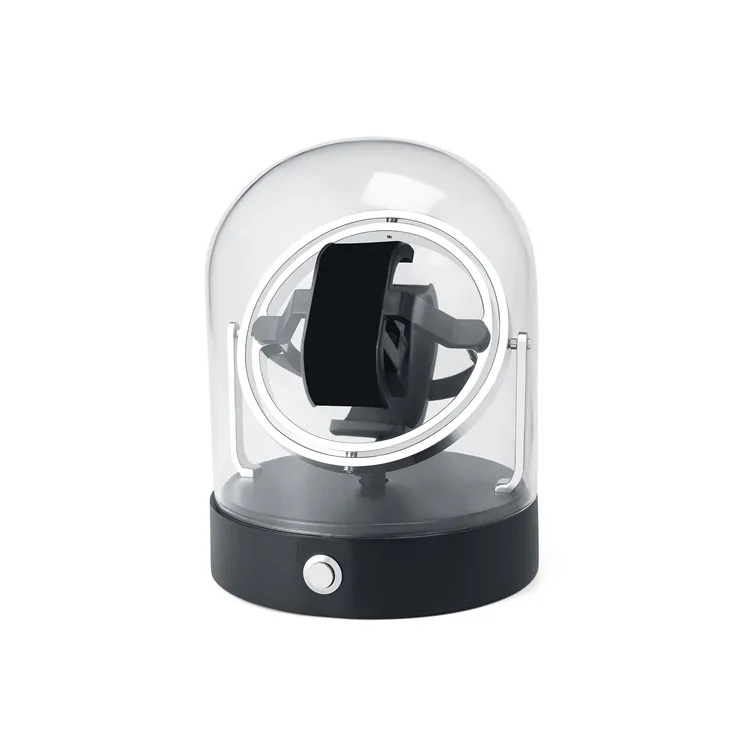
When troubleshooting, remember that environmental factors like temperature can also affect winding efficiency. Keep your winder in a stable environment away from extreme temperatures or magnetic fields.
For convenience and proper care, many collectors choose single watch winders specially designed for individual Rolex care, which allow for precise calibration of settings for each timepiece.
Essential Watch Winder Features for Rolex Owners
When selecting a watch winder specifically for your Rolex, certain features are particularly important:
Adjustable TPD Settings: Look for winders with precise control over TPD, ideally with settings that can be adjusted in small increments between 500-1,200 TPD.
Bidirectional Rotation Options: Ensure the winder supports clockwise, counterclockwise, and alternating bidirectional rotation to match your Rolex’s winding system.
Independent Rotor Control: For multi-watch winders, the ability to program different settings for each watch position is valuable if you own various Rolex models with different requirements.
Quiet Operation: Quality winders use silent motors that won’t disrupt your living space with mechanical noise.
Quality Construction and Materials: Look for solid wood cabinetry, quality cushions that securely hold your Rolex, and reliable motors built for years of continuous operation.
Programmable Rest Periods: Advanced winders allow you to set alternating periods of motion and rest, more accurately simulating natural wearing patterns.
When evaluating winder quality, avoid extremely inexpensive options that may lack precise controls or use lower-quality motors with shorter lifespans. A quality winder is an investment in protecting your significantly more valuable Rolex collection.
For those with multiple timepieces, understanding how to compare types of watch storage will help you select the ideal solution for your entire collection.
Automatic Watch Winder, Luxury Watch Winder, Single Watch Box
$307.39 Select options This product has multiple variants. The options may be chosen on the product pageRotating Watch Holder, Watch Holder
Price range: $93.28 through $93.35 Select options This product has multiple variants. The options may be chosen on the product page4 Watch Winder, 6 Watch Box, Automatic Watch Winder
$512.31 Select options This product has multiple variants. The options may be chosen on the product pageAutomatic Watch Winder, Single Watch Winder, Wooden Watch Holder
$201.76 Select options This product has multiple variants. The options may be chosen on the product pageAutomatic Watch Winder, Leather Watch Travel Case, Single Watch Winder
$146.30 Select options This product has multiple variants. The options may be chosen on the product pageAutomatic Watch Winder, Double Watch Winder, Leather Watch Boxes
$147.60 Select options This product has multiple variants. The options may be chosen on the product page
Frequently Asked Questions About Rolex and Watch Winders
Is 900 TPD harmful to a Rolex?
While 900 TPD is higher than the recommended range for most Rolex watches (650-800 TPD), it’s unlikely to cause immediate damage thanks to Rolex’s built-in protection mechanisms. However, consistently using higher-than-necessary TPD settings over many years may contribute to additional wear on movement components.
How often should I use a watch winder?
A watch winder is designed for watches that aren’t worn regularly. If you rotate between several watches, keeping unworn pieces on a winder maintains them in ready-to-wear condition. However, if you wear your Rolex daily, a winder is unnecessary.
Can I manually wind my Rolex if I use a winder?
Yes, you can still manually wind your Rolex even if you regularly use a watch winder. In fact, occasionally manually winding your watch (when it’s off the winder) helps ensure all components remain properly lubricated.
What is the power reserve of typical Rolex watches?
Most modern Rolex watches have a power reserve of approximately 48-72 hours, depending on the specific model and caliber. This means they’ll continue running for 2-3 days when fully wound, even without additional winding.
How do I find TPD for models not listed?
Start with the general recommendation of 650 TPD and bidirectional rotation for most Rolex watches. Monitor performance and adjust as needed. You can also consult Rolex forums, authorized dealers, or watchmakers for model-specific guidance.
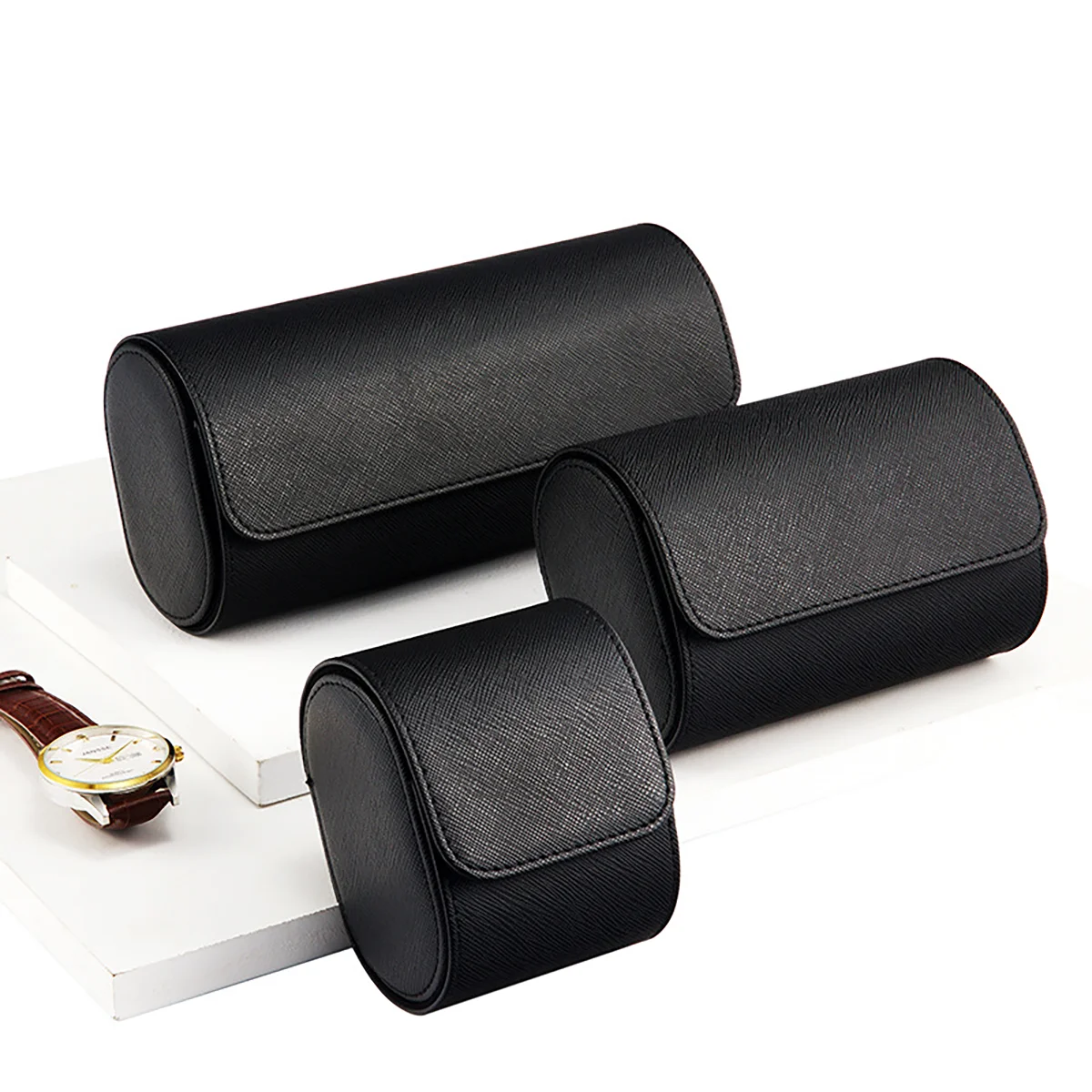
Do all automatic watches need winders?
No. Watches worn daily don’t require winders. Winders are most useful for preserving watches in ready-to-wear condition when rotated as part of a collection or worn infrequently.
Can a watch winder overwind my Rolex?
Modern Rolex watches include a slip-clutch mechanism that prevents overwinding. Once the mainspring reaches full tension, this system disengages the winding mechanism to prevent damage. However, this doesn’t mean excessive TPD settings are optimal for long-term care.
For collectors seeking the very best in watch care, luxury watch winders designed specifically for Rolex and other premium timepieces offer the ideal balance of form and function.
Optimizing Your Rolex’s Lifespan and Performance Through Proper Winding
After examining the technical aspects of watch winding and TPD settings, we can confidently answer our original question: 900 TPD is generally higher than needed for most Rolex watches, though the brand’s engineering excellence helps mitigate potential issues.
The ideal TPD range for most Rolex models falls between 650-800 TPD, with many performing optimally around 650 TPD. Finding the minimum effective TPD setting that keeps your specific watch running accurately offers the best balance between convenience and mechanical care.
While Rolex watches are built to extraordinary standards of durability and reliability, treating them with appropriate care ensures they’ll continue performing at their best for generations. The right winder, properly configured, serves as both a functional tool and a worthy display for these horological masterpieces.
Remember that the purpose of a watch winder isn’t simply to keep the watch running at all costs – it’s to simulate the natural experience of wearing the watch on your wrist. By choosing appropriate settings, you’re helping preserve both the performance and longevity of your treasured timepiece.
For comprehensive protection beyond winding, exploring options for safe watch storage protection will ensure your entire collection remains in pristine condition for years to come.
At Daily Accents, we understand the care and attention that fine timepieces deserve, which is why we offer premium storage and winding solutions designed specifically for discerning watch collectors.

